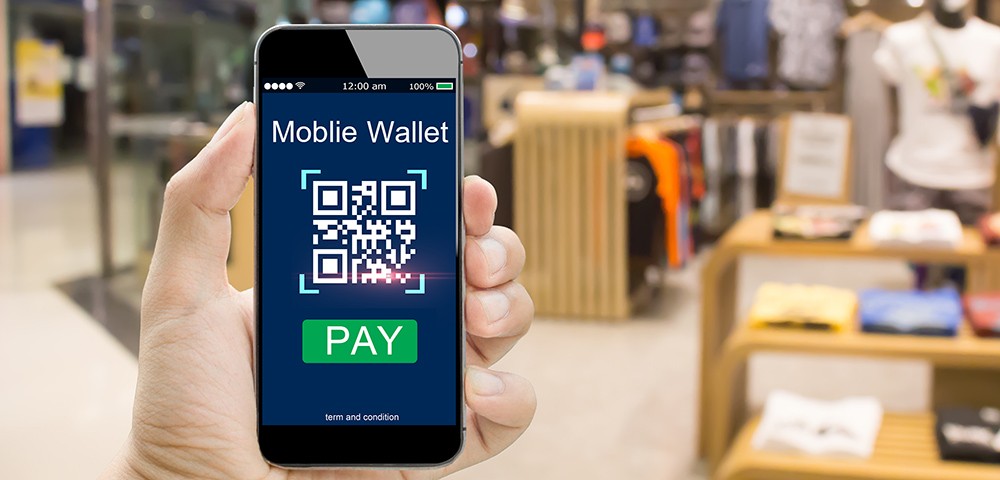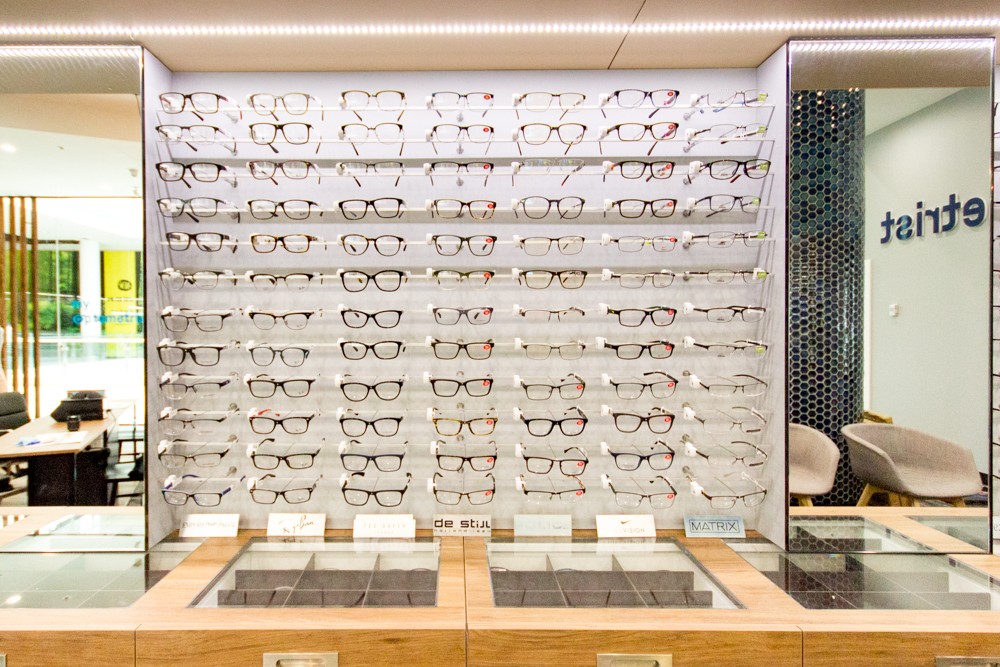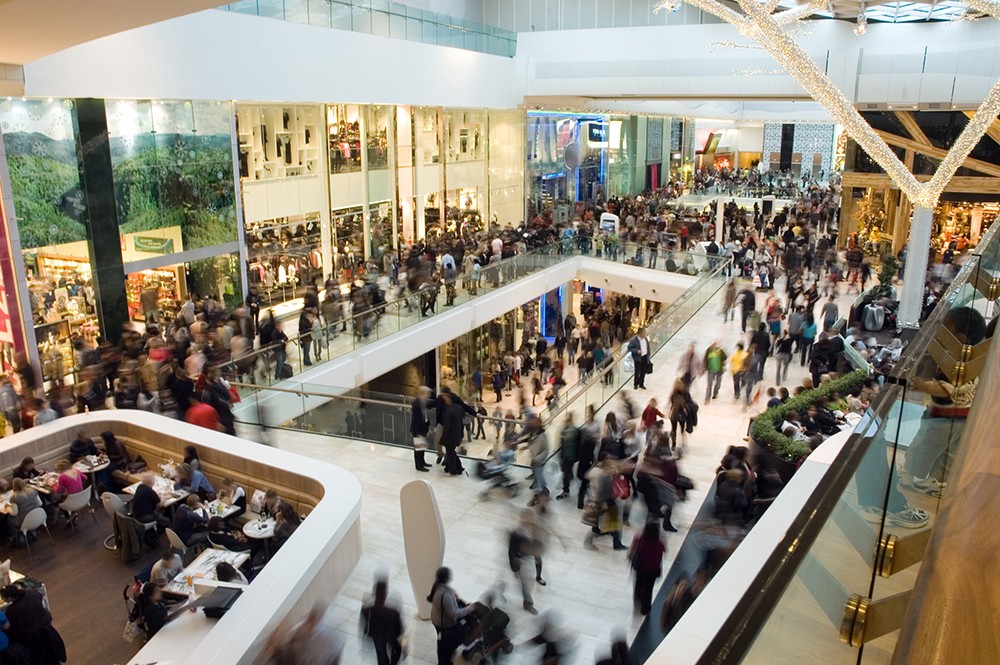
What 5G means to retail?
A faster, more efficient era of mobile internet has arrived and with it comes fresh opportunities for physical retail.
Currently rolling out across the US, 5G is set to offer increased speed, less latency and greater bandwidth that will impact everything from the back end of retail operations to the customer experience instore.
Here’s what 5G means to retail…
What is 5G?
5G is the fifth generation of cellular mobile telecommunications, so it’s the type of internet you utilise when using a smart phone. It supersedes 4G, 3G and 2G, offering more data, a faster transfer rate, greater efficiency and less latency.
The upshot is, your mobile internet will be faster and more efficient, and there’ll be more bandwidth available for things like video streaming on-the-go.
Now 5G is steadily rolling out across the US and retailers are investigating the best ways to utilise the new technology.
The in-store experience
5G is predicted to be a major driver of the Internet of Things, allowing more devices to connect to mobile internet with greater efficiency.
As AT&T notes that’s going to better cater to emerging trends in retail that shape a shopper’s experience when they enter a store.
That includes a range of new technologies, like:
- personalized digital signage
- magic mirrors
- augmented reality
- virtual reality
- smart shelves
- video and pattern recognition of shoppers
Stores Magazine recently explained many retailers had sought to introduce this technology, but the heavy toll on bandwidth proved a challenge.
“While the hardware for digital fitting rooms, immersive experiences and interactive displays has long been available, retailers have often struggled with adoption due to the heavy bandwidth required to support these experiences,” they note. “5G could potentially eliminate these limitations.”
Mobile apps
Although mobile apps are nothing new, the speed at which they will be delivered and the seamless experience they will offer is set to transform under the guidance of 5G.
As retailers replace fixed internet with more efficient mobile, consumers will no longer have to overcome the glitch of connecting to a store’s network in order to access the benefits, Stores Magazine further explained.
“Having to log into store networks to access in-store functionality has often been a hiccup in the omnichannel experience,” the magazine notes.
“In a fully optimized 5G environment, customers could seamlessly walk in and out of any store with a high-speed, real-time connection that enables them to engage with the retailer throughout the process.”

Store operations
From the mobile Point of Sale to RFID tagging, store inventory and logistics, much of the back-end of modern retail depends upon the Cloud.
5G is set to speed up access to the Cloud, reduce the latency involved, and allow more devices to use and access it effectively at the same time.
This means the Cloud will be accessible in real and immediate time, improving everything from the performance of back-end operations to the reliability and immediacy of mobile Point of Sale.
Data and analytics
To create a personalised, customised experience, retailers are increasingly relying on the gathering of data and analytics.
In the recent retail technology study Wake Up Call for Digital Transformation Intel’s Alex Gefrides noted: “In-store analytics are being applied to every phase of the retail process by determining retail trends, predicting where the demand will be for products, optimizing pricing for a competitive edge, identifying consumer purchasing patterns and behaviors, and other insights for immediate decisions”.
5G will better furnish retailers with the ability to do this in real time.
So much to come
As Stores Magazine notes, the ways in which 5G will transform both retail and the wider world is in many ways yet to be fully explored.
“The faster speeds, performance and bandwidth will transform every industry,” they note. “No one can tell you what the world will look like in 10 years, but because of 5G, it will look very different. The same as it’s very different today than it was 10 years ago.”


